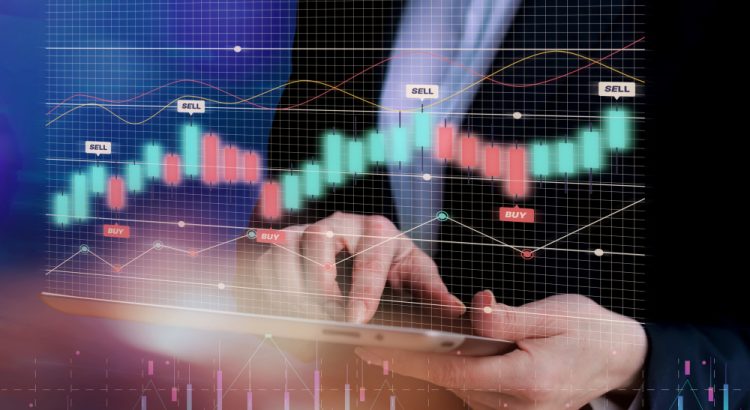Understanding the AUD to USD Exchange Rate
The AUD to USD exchange rate represents the value of one Australian Dollar (AUD) in terms of US Dollars (USD). This currency pair is among the most actively traded in the forex market due to strong economic ties between Australia and the United States. Traders, investors, and financial professionals closely monitor this exchange rate for insights into global trade, economic performance, and investment opportunities.
Factors Influencing the AUD to USD Exchange Rate
1. Interest Rate Differentials
The interest rates set by the Reserve Bank of Australia (RBA) and the US Federal Reserve (Fed) significantly impact the AUD to USD exchange rate. Higher interest rates in Australia compared to the US can attract investors seeking better returns, increasing demand for AUD. Conversely, if US rates are higher, the USD strengthens against the AUD.
2. Economic Indicators
Key economic indicators such as GDP growth, employment rates, inflation, and trade balances influence the value of the Australian Dollar and US Dollar. Strong economic performance in Australia can drive up AUD demand, while economic growth in the US can boost the USD.
3. Commodity Prices
Australia is a major exporter of commodities like iron ore, coal, and gold. Changes in global commodity prices directly impact the Australian economy and, in turn, the AUD. A rise in commodity prices generally strengthens AUD, while a decline weakens it.
4. Global Market Sentiment
Investor sentiment and risk appetite play a crucial role in the AUD to USD exchange rate. The Australian Dollar is often considered a “risk currency,” meaning it tends to perform well when global markets are optimistic and risk appetite is high. During periods of uncertainty or economic downturns, investors may shift to the USD as a safe-haven asset, causing the AUD to weaken.
Historical Trends of AUD to USD
The AUD to USD exchange rate has experienced fluctuations based on economic conditions, geopolitical events, and market dynamics. Historically, the pair has ranged from below 0.50 USD per AUD in the early 2000s to above 1.10 USD per AUD during the early 2010s. These fluctuations provide opportunities for traders and investors looking to capitalize on market movements.
Trading AUD to USD
1. Short-Term Trading Strategies
Forex traders use various strategies to capitalize on AUD to USD movements, including:
- Scalping – Taking advantage of small price fluctuations within minutes or hours.
- Day Trading – Executing trades within a single trading session to benefit from short-term price movements.
- Swing Trading – Holding positions for several days to capture medium-term trends.
2. Long-Term Investment Approaches
Investors looking at AUD to USD from a long-term perspective may focus on:
- Economic and political stability in both Australia and the US.
- Trade relations and agreements between the two nations.
- Central bank policies and potential interest rate changes.
How fcsapi Enhances AUD to USD Trading
fcsapi provides real-time and historical forex data, including the AUD to USD exchange rate, for brokers, investors, and financial professionals. Key features include:
- Live exchange rates and charts to track market movements instantly.
- Comprehensive market analysis to make informed trading decisions.
- Customizable dashboards for personalized forex tracking.
- API integration for seamless use in trading platforms and financial applications.
- Economic calendar for monitoring key events affecting forex markets.
Conclusion
The AUD to USD exchange rate is influenced by a range of economic, political, and market factors. Whether trading short-term price movements or making long-term investment decisions, staying informed about these dynamics is crucial. With fcsapi’s advanced forex data solutions, traders and financial professionals can access accurate and timely information to navigate the forex market effectively. For the latest AUD to USD exchange rates and in-depth market insights, visit fcsapi.com.






 Forex Currency Stock API is able to provide real-time exchange rate data for global currencies. This API comes with multiple endpoints, each serving a different usage state. Endpoint functionality includes getting the latest exchange rate data for all currencies or a specific set of currencies, converting currency from one currency to another, restoring time series data for a currency or multiple currencies, and querying the daily volatility data API.
Forex Currency Stock API is able to provide real-time exchange rate data for global currencies. This API comes with multiple endpoints, each serving a different usage state. Endpoint functionality includes getting the latest exchange rate data for all currencies or a specific set of currencies, converting currency from one currency to another, restoring time series data for a currency or multiple currencies, and querying the daily volatility data API.